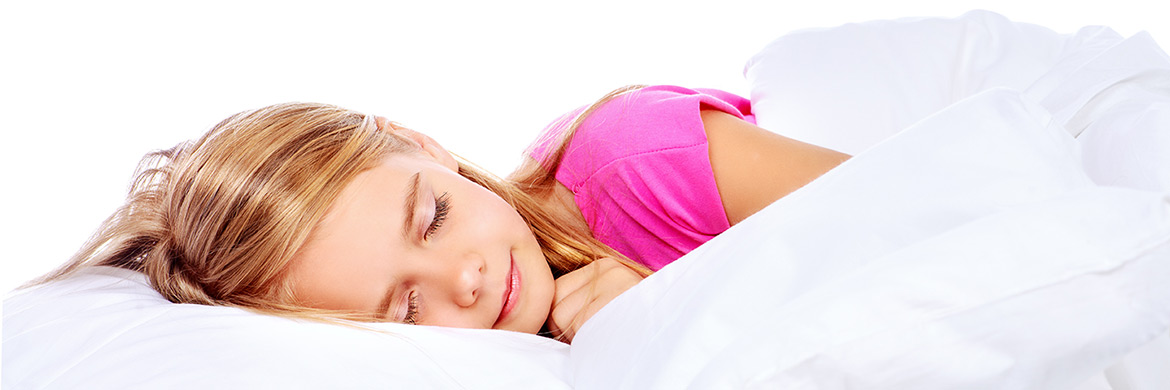
Myths and Facts About Obstructive Sleep Apnea
- Dr. Jonathan Warren
- May 10, 2017
- Blog
- No responses
Sleep Apnea Is Just Snoring
Myth: Sleep Apnea is just Snoring. Fact: Snoring can be a symptom of the sleep disorder, but there’s a big difference between the two. People with the condition actually stop breathing up to 400 times throughout the night. These pauses last 10 to 30 seconds, and they’re usually followed by a snort when breathing starts again. This breaks your sleep cycle and can leave you tired during the day.
Sleep Apnea Is No Big Deal
Myth: All those breaks in sleep take a toll on your body and mind. When the condition goes untreated, it’s been linked to job-related injuries, car accidents, heart attacks, and strokes.
It Blocks Your Breathing
Fact: The most common type of the disorder is obstructive sleep apnea, or OSA. It happens when your tongue, tonsils, or other tissues in the back of the throat block your airway. When you try to breathe in, the air can’t get through. Central sleep apnea is less common than OSA. It means the brain doesn’t always signal the body to breathe when it should.
Only Older People Get It
Myth: Doctors estimate that more than 18 million Americans have sleep apnea. It’s more common after age 40, but it can affect people of all ages. You’re more likely to have the condition if you’re overweight, a man, African-American, or Latino. The disorder also tends to run in families.
Alcohol Will Help You Sleep
Myth: A nightcap may make you drowsy, but it won’t help you get the quality rest you need. Alcohol relaxes the muscles in the back of your throat. That makes it easier for the airway to become blocked in people with sleep apnea. Sleeping pills have the same effect.
Sleep Apnea Is Rare in Kids
Myth: OSA is common in children, affecting as many as 1 in 10. In most cases, the symptoms are mild, and the child eventually outgrows it. But some may start to have behavior troubles or serious medical problems because of it.
Losing Weight Can Help
Fact: You can make sleep apnea symptoms better when you shed even a small percentage of your body weight. If you’re carrying around extra pounds, talk to your doctor about starting a weight loss program. It also helps to quit smoking, so ask about treatments that can help.
Lying on Your Side Can Help
Fact: If you sleep on your back, gravity can pull the tissues in the throat down, where they’re more likely to block your airway. Sleep on your side instead to open your throat. Certain pillows can help keep you on your side. Some people even go to bed in shirts with tennis balls sewn onto the back.
A Mouthpiece Might Work, Too
Fact: A dentist or orthodontist can fit you with a mouthpiece or oral appliance to ease mild sleep apnea. The device is custom-made for you, and it adjusts the position of your lower jaw and tongue. You put it in at bedtime to help keep your airway open while you sleep.
CPAP Is an Effective Treatment
Fact: It stands for continuous positive airway pressure. A CPAP machine blows a steady stream of air into your airway. You can adjust the flow until it’s strong enough to keep your airway open while you sleep. It’s the most common treatment for adults with moderate to severe OSA.
Surgery Is the Surest Way to Fix Apnea
Myth: For some people, an operation may be able to cure OSA. A good example is a child with large tonsils that block her airway. Doctors can remove the tonsils to solve the problem. Some adults can improve their symptoms with surgery to shrink or stiffen floppy tissues. But that’s not a good choice for everyone. Talk to your doctor about the pros and cons of an operation before you go that route.
